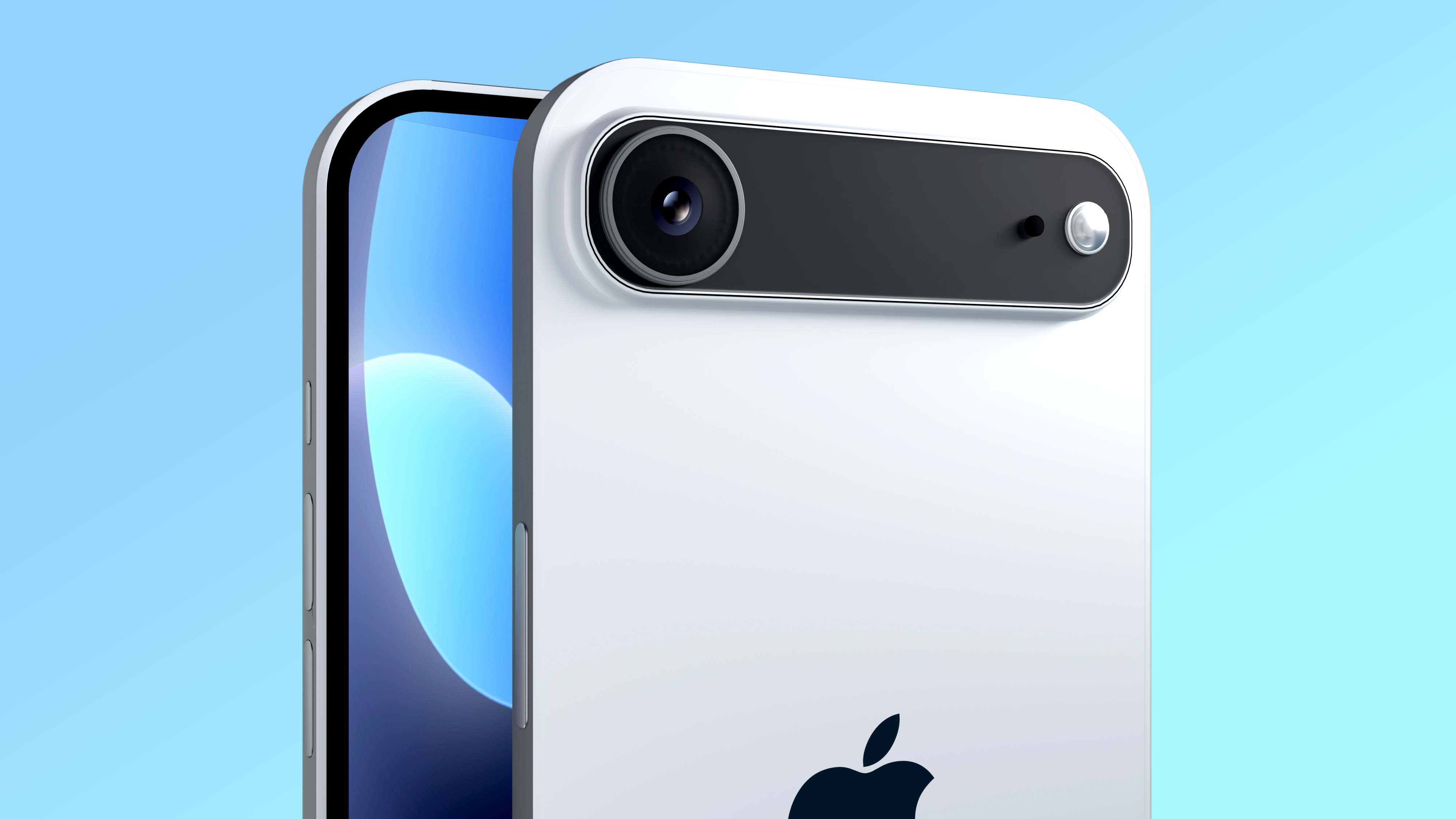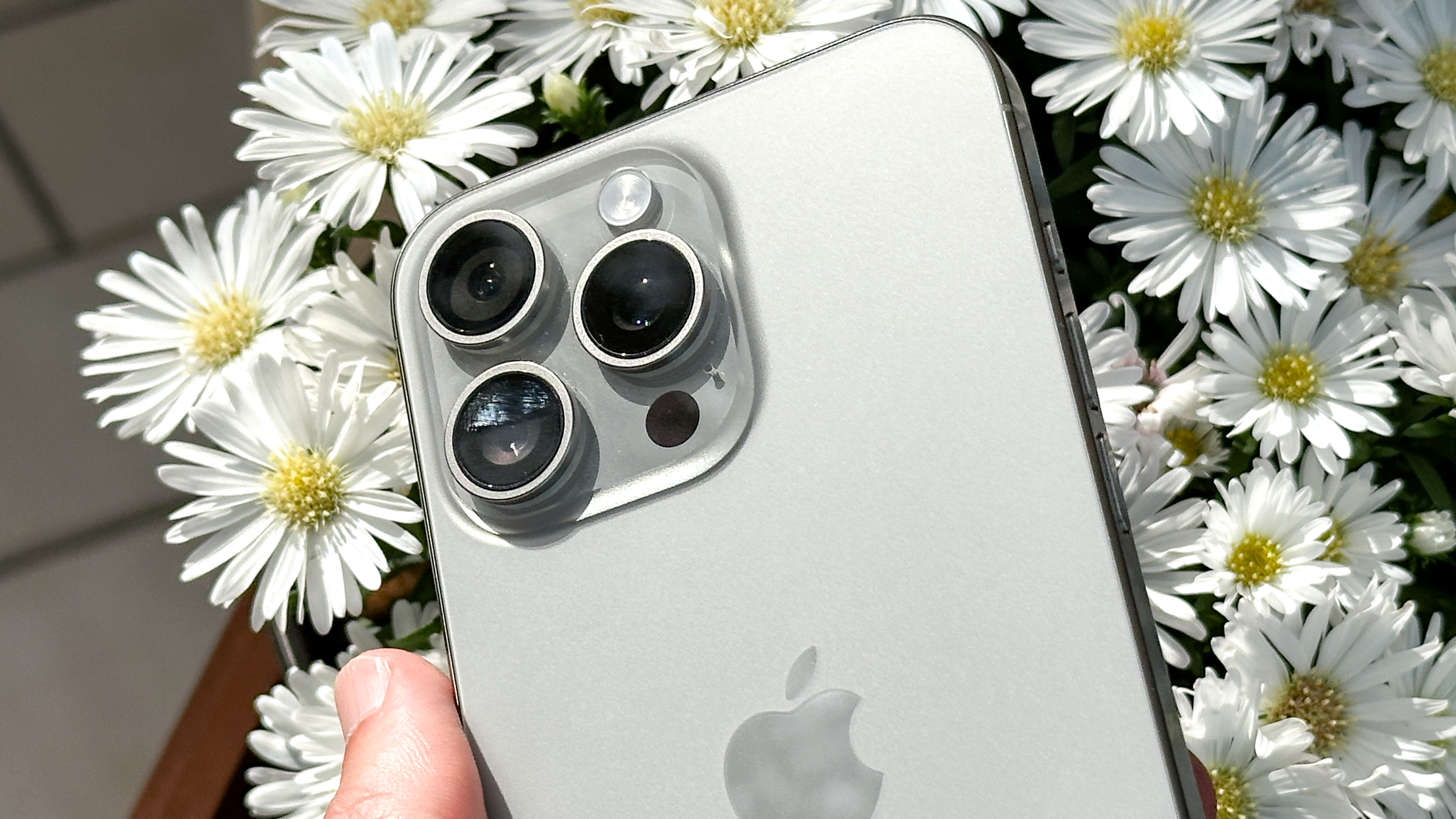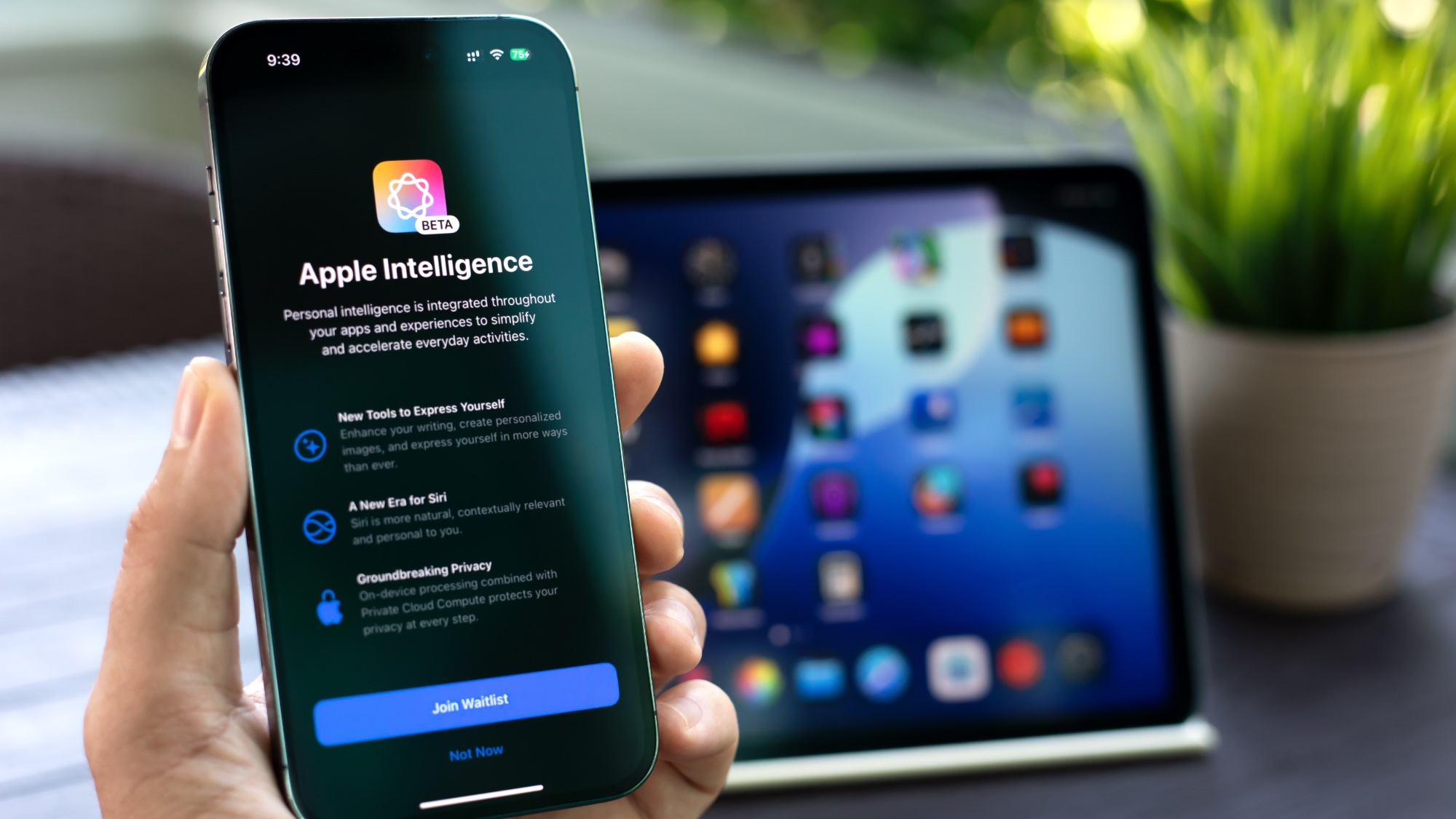The iPhone 17 Air reportedly has just a single camera — 3 reasons why I'm okay with that
It's not as big of a downgrade as some would think

I've been thinking a lot about what I want when it comes to a new phone recently, and I've come to a realization — I don't really mind if a phone only has a single camera.
I discovered this upon hearing reports that the iPhone 17 Air tipped to arrive this fall might feature just a single rear camera. If accurate, this would be pretty surprising, as even the best cheap phones feature at least two cameras; some, like the Nothing Phone Pro 3a, even pack in three rear lenses.
But single rear camera devices are hardly unprecedented at Apple. After all, the iPhone 16e has just one 48MP lens on its back, and that phone arrived a little more than a month ago.
The iPhone 17 Air is in a slightly different position, though, considering it's rumored to be replacing the iPhone 17 Plus. For reference, the iPhone 16 Plus included both a main and ultrawide lens. In contrast, the iPhone 17 Air is tipped to feature only a single 48MP wide camera.
If I'm being honest, though, this really isn't a big issue for me, for three main reasons. These include how I tend to use cameras, the cost of the camera modules and the power of modern technology. Let's get into it.
I never really use most cameras on my phone

One thing you often hear about restricting the number of cameras on phones is how it reduces the options for users. That's certainly true, but in practice, I don't find it to be that much of a problem. Frankly, I don't really use the majority of the cameras available on my iPhone 15 Pro Max.
See, when I take photos, it's more of a spur-of-the-moment thing. I see something, and I quickly take out my phone and shoot without bothering to look through the different lenses. This is partially because I snap a lot of photos of my cats, and they don't really sit still long enough for me to plan out the perfect shot.
So what does that mean when looking at the iPhone 17 Air? Well, that 48MP main camera slated for the Air has the same resolution as the main camera on my current phone, not to mention the one on the iPhone 16 Pro Max.
From my point of view, a high-resolution main camera is more than enough for what I need. That's especially the case if the iPhone 17 Air offers the same zoom capabilities as the iPhone 16, where it crops on a shot to approximate a 2x optical zoom. That's a big enough zoom for my needs most of the time.
I'm also aware that, when it comes to photos, I tend to take more with the selfie camera. In the case of the iPhone 17 lineup, every phone coming from Apple this fall has been tipped to get an upgraded front lens, jumping from 12MP to 24MP. Presumably, that includes the iPhne 17 Air as well.
For me, that's a marked improvement and one that I'll certainly notice more than having additional cameras on the back.
So what about the cameras I'd be giving up? Well, losing a dedicated telephoto lens is a bit of a non-starter for me, as I can't recall a time I've ever relied on mine. Missing an ultrawide shooter is more of a loss, but modern technology might have the solution we need.
AI can make up the difference, eventually

We're living in an age where AI-powered capabilities are on the upswing. Phone makers have made it so AI can help us summarize documents and even hold fluid conversations.
However, there's little doubt that one of the biggest features afforded to us by AI is how it can improve our images and our camera output.
Nowadays, you can turn AI to enhance details in your photos, remove elements you don't want and even expand the borders of your shot. Combine a single camera on a phone with powerful AI, and that more than makes up for the lack of extra lenses.
While Apple Intelligence features have experienced some growing pains, there hasn't been an issue with the photo-editing features Apple's introduced, such as the Clean Up feature seen on the best iPhones or the Visual Intelligence tool that lets you use your camera to search for things. Those features work just fine on the single-lens iPhone 16e, and you'd expect them to work on the iPhone 17 Air, too.
Less cameras help both the cost and design

There’s another benefit to having fewer cameras on the iPhone 17 Air, especially if you're invested in having your phone be as thin as possible. The iPhone 17 Air is likely to be one of the thinnest phones ever, with some rumors suggesting it will be 5.5mm at its thinnest point. Not having to make room for additional cameras will likely help Apple deliver a more slender design.
Fewer cameras may also help to keep the price of a phone down, as camera modules can add to the cost of assembling a phone. Since you wouldn't want to skimp on things like the chipset or display, you can keep costs down by having fewer cameras on board.
And as I argued above, AI enables phone makers to get more out of their cameras. For instance, the Galaxy S25 features the same cameras as the Galaxy S24, but when you compare the photo output of those devices, the newer phone comes out ahead in terms of image quality. Hopefully, this will also be the case with the iPhone 17 Air.
Now, these are my personal views, and I know that many others will disagree with me on this subject. So let me know, do you think that one camera is acceptable on the iPhone 17 Air or do you need at least two?
More from Tom's Guide
Sign up to get the BEST of Tom's Guide direct to your inbox.
Get instant access to breaking news, the hottest reviews, great deals and helpful tips.

Josh is a staff writer for Tom's Guide and is based in the UK. He has worked for several publications but now works primarily on mobile phones. Outside of phones, he has a passion for video games, novels, and Warhammer.
You must confirm your public display name before commenting
Please logout and then login again, you will then be prompted to enter your display name.
